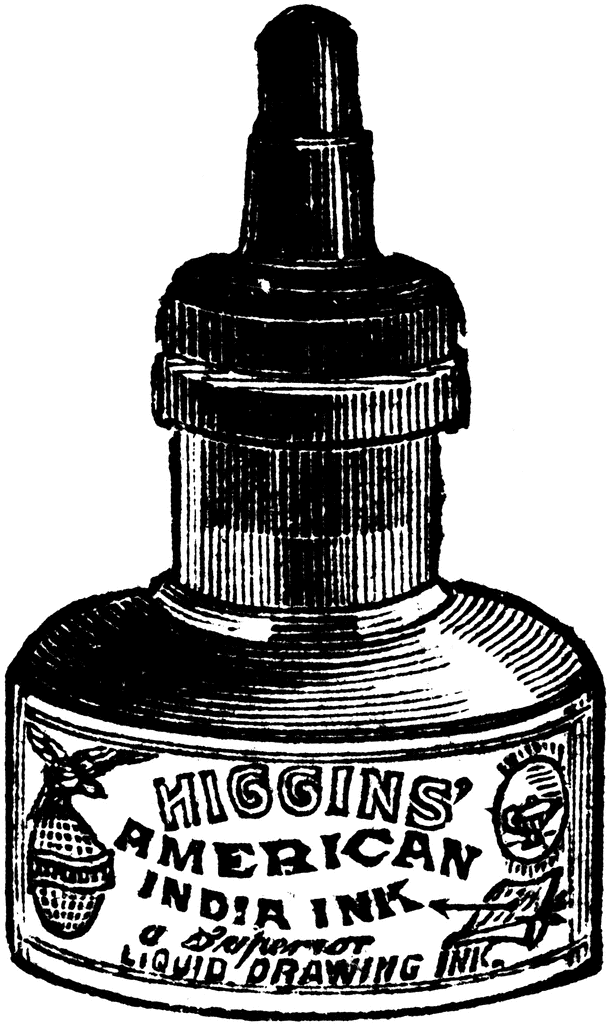Water based ink VS Oil based ink.
As a person who has worked with both I have to say that overall I prefer oil... duh. Oil based inks are bad for the environment and even worse for your lungs! But the reality is that they are just easier to work with and provide for a far superior final product. The water based inks tend to gum up quickly and dry way too fast for monoprinting. I have been fairly impressed with some of the water based ink colors, though not enough to use over their oil counterparts. Health concerns are legitimate, however, for oil based inks. You must always use in a well ventilated area, and don't be above wearing a mask and gloves. For some printing methods water based inks are suitable, though others require ink based inks. Many forms of intaglio printing as well as monoprints benefit greatly from a slow drying oil based ink.







